Reading response letters are a great way to interact with your students while learning about what and how they are reading.
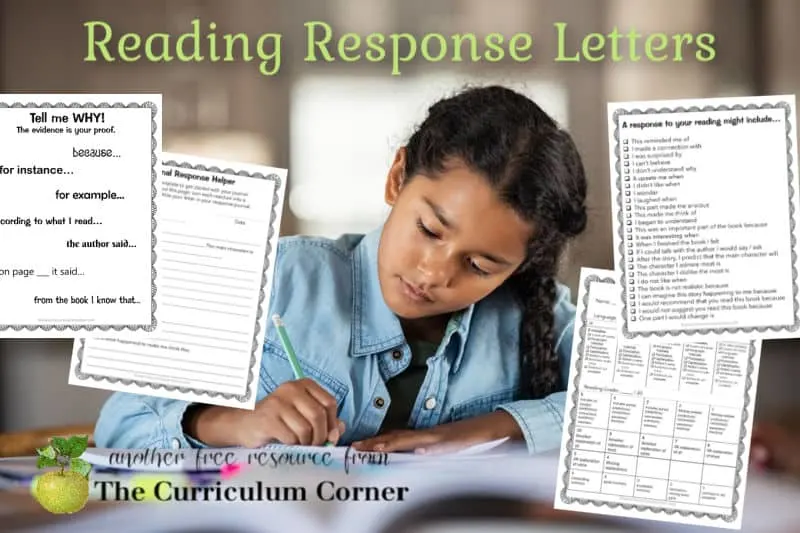
This is another free resource for teachers and families from The Curriculum Corner.
Use these materials to help your children learn to write reading response letters.
When I taught fifth grade, I would have my students write a weekly reading response letter.
These letters were in a journal and were designed to help me understand what my students were thinking as they read.
It was not an easy task to get started. However, after a month of practice, I was thrilled with the writing I was receiving from my students.
One of my favorite parts was the opportunity to write back to each student. It was time consuming but I felt like it helped us build a better teacher-student relationship.
The kids were very excited to read my response to their letters each week.
In order to make this task more manageable, I would stagger the days of the week letters were due. Five or six students were expected to turn in their journals each day of the week. My part of the job was to read the letters and write a response each day.
I have updated some of the resources I previously shared.
I hope you find this to be as successful as I did! My biggest piece of advice is to stick it out past the first few weeks. The time you put into it will be worth it.
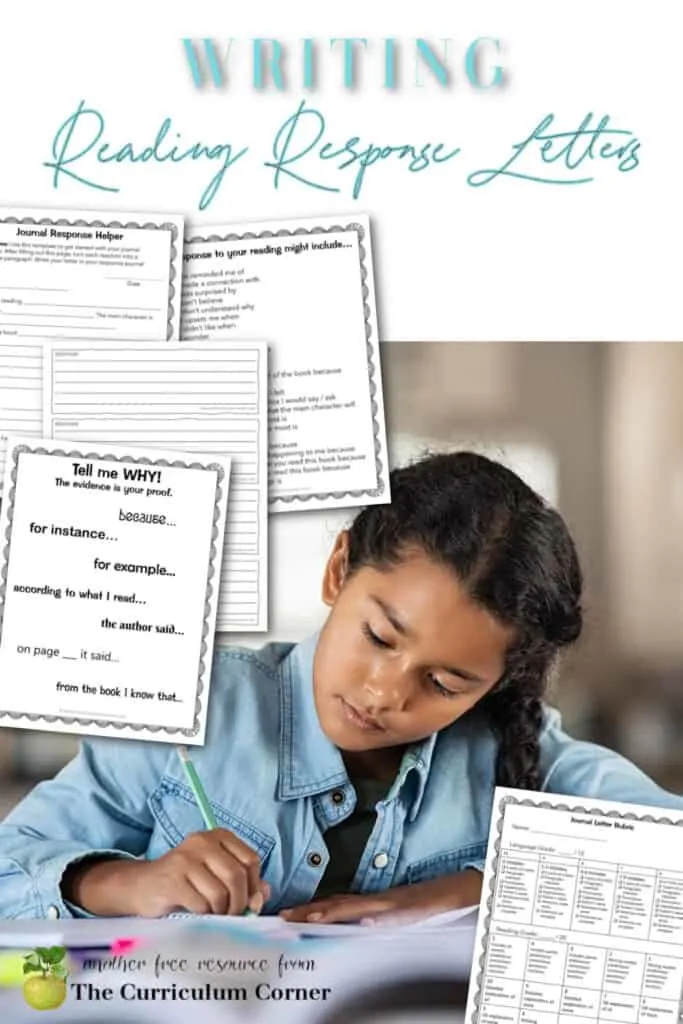
Introducing reading response letters
I began introducing the journals by sharing a sample lettter with my students.
At the time we were reading A Long Way From Chicago as a read aloud in my class.
Because all students were familiar with this book, I thought it was a good book to use in my first response.
As I began, I simply shared my letter and elaborated on each section. The second day I shared another sample, but this time I wrote the letter as the kids were watching. I made sure to “think aloud” as I wrote.
After introducing the letter, you might find that some students will need help with writing a summary.
If this is the case, you will find graphic organizers to assist you in teaching this skill here: Writing a Simple Summary.
Helping your students write reading response letters
There are a range of tools available in this download. These are designed to help students while thinking about and writing their letters.
You will find the following materials:
Tell Me Why Anchor Chart One of the most difficult tasks when teaching students how to write good responses is encouraging them to provide evidence for their reactions. This anchor chart is full of terms that are used when you are trying to explain your feelings. This chart can also be added to response journals as a resource.
Response Ideas Sometimes children need a little help when they begin responding to their reading in writing. “Share a response” is a very broad request. We have created a list of possible response starts. You may choose to share this whole list or narrow it down to three or four choices when you first start. This is another resource students can add to their journals.
Response Bookmarks Give students a bookmark for each response you are requiring. As they are reading, they can mark spots and take notes on these bookmarks. This will make the letter writing easier when the time comes. You will find one page with lines and one without. Offer both to students so children can choose which are best for them.
Journal Response Helper This is designed to help students draft their letters. For some children, this might be their final letter they turn in. For others, you can make it a rough draft. Students can then edit and write a final copy.
Spelling Checklist There are two versions provided. This was an easy way for me to get a spelling grade that showed how students were applying their spelling skills. To me it was much more meaningful than looking at how students performed on a list of memorized words. Students were encouraged to use their word walls and other resources when writing their journal letters. Each student had this spellchecker page in their journal and words were added as needed.
Lined Paper This can be used by students for their final letters if needed.
Grading Rubrics There are multiple available here. Some have blank spots so you can write in your own requirements.
You can download this reading collection here:
You might also like these other free resources we have created:
As with all of our resources, The Curriculum Corner creates these for free classroom use. Our products may not be sold. You may print and copy for your personal classroom use. These are also great for home school families!
You may not modify and resell in any form. Please let us know if you have any questions.
You may not modify and resell in any form. Please let us know if you have any questions.

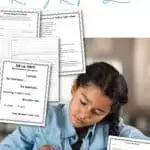
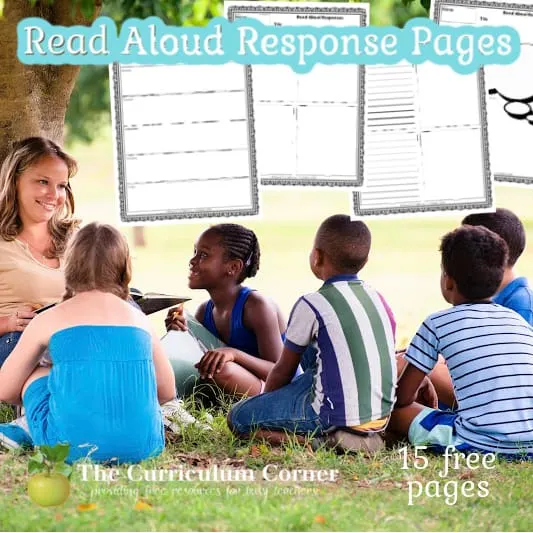
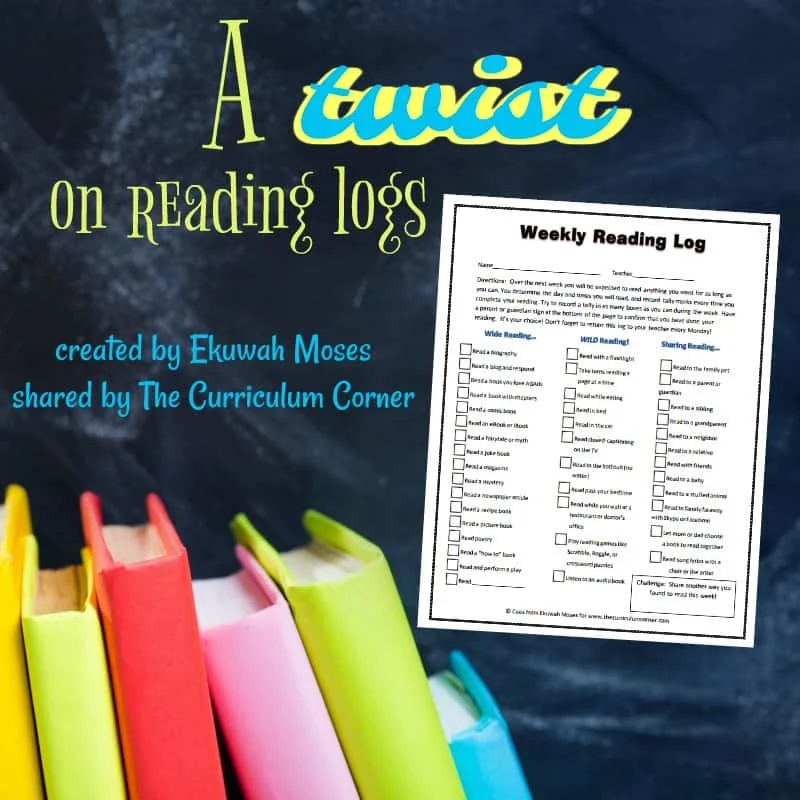
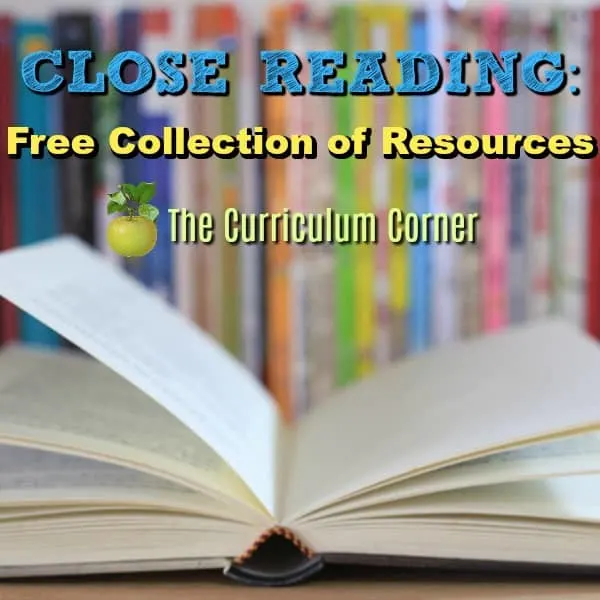
Maria Palopoli
Monday 3rd of September 2018
How kind of you to not only share your good ideas, but provide documents as well. Very much appreciative.
Literature Response: Responding to Reading - The Curriculum Corner 123
Thursday 23rd of February 2017
[…] pages. For some other ideas, or for more advanced students, you might want to check out the post on Reading Response Letters we created for intermediate students. However and wherever you choose to have your students […]
Welcome to the The Curriculum Corner 456 - The Curriculum Corner 4-5-6
Thursday 6th of October 2016
[…] Reading Response Letters Use these resources to introduce weekly response letters to your students. […]
Reading Response Strategy - The Curriculum Corner 4-5-6
Thursday 6th of October 2016
[…] Some teachers choose to have their students respond to reading in notebooks, while others may be more comfortable with scaffolded graphic organizers or guided pages. For some other ideas to support your teaching you might want to check out our post on Reading Response Letters . […]
Cait
Wednesday 17th of September 2014
Hi! I read Nancie Atwell's "Reading Zone" and I love the idea of the letters! However, I am having a hard time wrapping my head around how to collect and assign the letters. I really want to implement this in my classroom this Friday or Monday. Do you have the students write letters in class on a designated day, but then only collect certain work certain days? Or is it homework? Also, do you have a separate journal for reading responses and reading journals? Thank you!
admin
Wednesday 17th of September 2014
Hi, Cait! At the time, my students only completed reading responses, no responses and a separate journal. I had 5 or 6 students turn in their responses every day of the week. This helped me not have so much to grade and respond to each day. Five letters a night was manageable for me. I allowed my students to work on their responses in class during independent reading time. I really wanted to avoid making this homework. The kids knew what day of the week their letters were due so it helped them develop time management skills. I hope this helps. Please let me know if you have any other questions. Thanks! Cathy